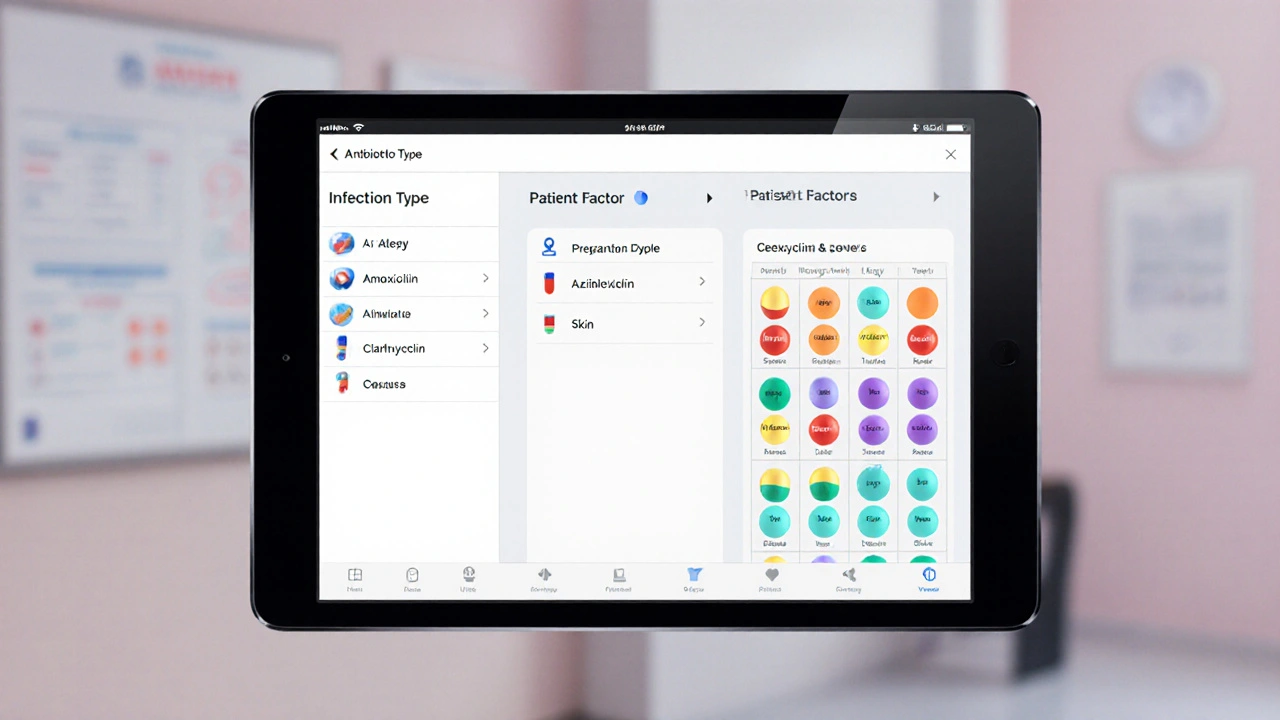Dosage
When working with Dosage, the specific amount of a medication or supplement taken at one time or over a set period. Also known as dose, it determines how a drug reaches its target and produces the intended effect, understanding it is the first step to safe therapy. Dosage isn’t just a number; it ties together the drug’s strength, the patient’s characteristics, and the clinical goal. This concept encompasses the amount per administration, the frequency of intake, and the overall duration of treatment. It requires accurate calculations, especially for weight‑based or age‑adjusted regimens, and it influences both efficacy and side‑effect risk.
Key Factors When Determining Dosage
One related entity is Medication dosing, the systematic process of deciding how much of a drug to give and how often. Dosing decisions draw on patient weight, kidney function, and disease severity. Another crucial piece is the Dosage form, the physical presentation of a drug, such as tablets, capsules, liquids, or injectables. The form dictates how quickly the drug is absorbed and how flexible the dose can be adjusted—for example, a liquid suspension allows precise milliliter measurements, while a tablet might be split for smaller increments. Finally, Prescribing guidelines, official recommendations that outline standard dosages, contraindications, and monitoring parameters serve as the backbone for clinicians, ensuring consistency across different settings. Together, these entities create a network: dosage is shaped by the dosing strategy, the chosen form, and the guidelines that anchor safe practice.
Practical dosing also hinges on dose calculation skills. Whether you’re adjusting insulin based on carbohydrate intake or scaling an antibiotic for a pediatric patient, the math must match the clinical context. Errors often stem from overlooking unit conversions—mixing milligrams with micrograms—or from forgetting to factor in renal clearance. A reliable approach is to write out the equation: desired dose (mg) = (patient weight kg × recommended dose per kg) ÷ formulation strength. Double‑check each step, use a calculator, and verify with a second professional when possible. By mastering these basics, you’ll reduce the chance of under‑ or overdosing, improve therapeutic outcomes, and feel more confident when discussing medication plans with your healthcare team.
Below you’ll find a curated set of articles that dive deeper into specific dosage topics—from low‑libido lifestyle tweaks that affect hormone dosing, to safe online purchasing guides for generic drugs where dose instructions matter most. Each piece adds a layer of insight, helping you translate the core principles of dosage into real‑world decisions.
Levonorgestrel BP: Real User Experience with Emergency Contraception
A detailed, real‑world guide on Levonorgestrel BP emergency contraception covering usage steps, effectiveness, side‑effects, and how it compares to other options.
Read moreCo‑Amoxiclav vs. Alternatives: Which Antibiotic Is Best?
A practical comparison of Co‑Amoxiclav with common oral antibiotics, covering effectiveness, side‑effects, dosing, and when each option is best.
Read more

